What is clean energy? This term refers to energy sources that do not emit pollutants or greenhouse gases into the atmosphere during production. Clean energy can include both renewable and non-renewable sources. For example, nuclear power is considered clean because it does not emit greenhouse gases during electricity generation, but it is not renewable since it relies on finite uranium resources.
On the contrary, fuels such as coal and oil, which release carbon monoxide and greenhouse gases during their use and cause global warming, cannot be called clean energy.
Follow along as we introduce the various renewable energies by giving specific examples demonstrating our range of alternatives as we work towards a greener planet.
Application Areas of Clean Energy
With the popularization of new energy concepts, many industries have begun to practice green environmental protection concepts, such as the residential and construction industries. Homes and businesses can install solar panels to obtain energy directly from sunlight for electricity supply and hot water supply.
In addition to family homes, the transportation industry is also vigorously developing green concepts. Some electric vehicle charging station brands are very supportive of powering electric vehicles through clean energy, such as Autel EV chargers. They use renewable clean energy technologies such as solar energy, wind energy, hydropower, and even nuclear energy for charging, which can greatly reduce the carbon footprint of EV charging, making electric vehicles truly green and environmentally friendly.
And it also saves charging costs to a certain extent. Additionally, Autel chargers, including the level 2 EV charger, are eligible for U.S. and Canadian government subsidies, as well as incentives or rebates.
The above is just a brief introduction to two industries. Actually, clean energy involves various industries: agriculture, heating and cooling, power grids energy storage, etc.
These application areas demonstrate how clean energy can provide sustainable and environmentally friendly energy solutions in different environments and markets. As technology develops and costs decrease, the application of clean energy is expected to expand further.

Types of Clean Energy
This section will cover the major types of clean energy to have a deeper insight into how they contribute to a sustainable energy environment.
1. Solar Energy
The most prominent clean energy source is solar power extracted from sunbeams. It entails changing solar light to electricity with the use of solar panels. There are two main types:
• Solar Photovoltaic (PV) panels that convert sunlight directly to electricity
• Concentrated Solar Power (CSP) which uses mirrors to collect the sun's rays and convert them to steam that drives traditional steam turbines or engines that create electricity.
Solar farms and rooftop solar panels are typical, which can demonstrate the flexibility of solar energy, ranging from big operations to small household usage.
2. Wind Energy
Wind energy converts the energy of the wind to electricity. Wind turbines, high structures with blades that spin in the wind, are the main tool for the conversion of this type of energy. There are onshore and offshore wind farms, where the latter is situated in bodies of water. This type of wind farm can produce more power especially because the winds are stronger and more consistent at sea. This type of clean energy is rapidly expanding and it is providing a great part of the world’s electricity nowadays.
3. Hydroelectric Energy
Hydropower uses the energy from the moving water to produce electricity. It is commonly produced at dams where water from a reservoir is released through the turbines and produces electricity. Additionally, small, run-of-the-river hydroelectric stations exist that do not interfere with the normal flow of rivers but produce electricity. This type of energy is well-known for its capacity to supply large amounts of electricity, reliability, and quick adjustment to electricity demand, which are some of its important factors
4. Geothermal Energy
Geothermal energy makes use of the Earth's internal heat. Geothermal wells are drilled into geothermal reservoirs to channel steam or hot water up to the surface to run turbines that produce electricity. Geothermal power plants and geothermal heat pumps are examples of using geothermal heat for domestic heating and cooling. This source of clean energy is long-term and constantly accessible and has the potential for use in regions with high geothermal activity.
5. Bioenergy
Biogenesis is extracted from organic materials which include plants, wood, and waste. It can produce electricity, heat, and even fuel for transportation (such as biodiesel). Biomass power plants combust these materials to convert the steam to run turbines, while biogas from the decomposition of organic matter can generate electricity or heat. Bioenergy stands out with its capacity to utilize waste resources and renewable environmentally friendly materials seeking circular economy goals.
6. Nuclear Energy
Although at times contested, nuclear energy is regarded as clean as it produces electricity without the emissions of carbon dioxide directly. Nuclear power plants operate through the nuclear fission process, where a nucleus is split to generate energy. This thermal energy heats water to create steam that then rotates turbines to create electricity. Radioactive waste management and ensuring the safety of nuclear power plants are the main issues of nuclear energy.
7. Hydrogen and Fuel Cell Energy
Hydrogen energy uses hydrogen gas to produce power, and the byproduct is water. The hydrogen fuel cells combine hydrogen with oxygen from the air to produce electricity and heat while water is produced as a by-product. Hydrogen can come from many other sources, including natural gas, nuclear power, and green power generated from wind and solar power stations, amongst others, making it flexible enough to be used as a clean fuel. This technology is well expected to be applicable in transportation and energy storage.
Benefits of Clean Energy
Let us consider the numerous benefits of using clean energy sources.
1. Environmental Protection
The main advantage of clean energy is that it has a minor effect on the environment. Through a large-scale decrease in greenhouse gas emissions, clean energy sources limit the effects of climate change caused by extreme weather events, rising sea levels, and lost habitats. Moreover, most clean energy technologies have a much smaller physical footprint and use significantly less water than conventional energy production resulting again in less pollution and conservation of nature's resources.
2. Economic Growth
Investing in clean energy stimulates economic growth and helps create jobs in manufacturing, installation, and maintenance of clean energy technologies. The renewable energy sector turns out to be a powerful job creator, not only providing higher salaries and more stability than the traditional energy sector. Additionally, clean energy projects will generally help to diversify national energy portfolios, reducing the dependency on imported fuels and bolstering energy security.
3. Health Benefits
The conversion to clean energy has tremendous health impacts. Through the omission of air and water pollutants that occur as a result of the combustion of fossil fuels, clean energy sources decrease the prevalence of respiratory and heart diseases, cancers, as well as other health problems. Fresh air translates into healthier people, less healthcare expenses, and better lives for so many individuals.
4. Energy Independence
Renewable energy increases national energy security by cutting down oil and gas imports. Countries that have plentiful renewable resources can leverage solar, wind, hydro, and geothermal energy to improve their dependability on a global oil and gas market and increase their geopolitical stability.
Differences Between Clean and Renewable Energy
Many people mistakenly believe that clean energy is equal to renewable energy. There is a conceptual distinction between the two.
What is renewable energy? This type of energy comes from nature and can provide energy continuously, such as solar energy, wind energy, hydro energy, geothermal energy, and biomass energy. They are inexhaustible and will not deplete natural resources or cause significant environmental damage.
Unlike renewable energy, the concept of clean energy is broader. It can be both renewable and non-renewable energy. As long as it does not produce harmful qualities to the environment during use.
In general, most (but not all) renewable energy sources are also clean. There are similarities and slight differences between the two.
The Future of Clean Energy
The future of clean energy is poised for significant growth, driven by technological advancements, decreasing costs, and increasing global commitment to reducing carbon emissions. Key trends and projections for the future of clean energy include:
Solar Energy Expansion: Solar installations are expected to continue growing rapidly. The cost of solar power is predicted to decline further, making it even more accessible. Notably, solar energy's expansion isn't just limited to specific geographic areas since sunlight is widely available, making it a versatile and appealing option for many regions.
Wind Energy Growth: Onshore wind energy capacity is anticipated to increase significantly due to its cost-effectiveness and policy support. Additionally, offshore wind capacity is expected to expand almost threefold by 2024. This growth is supported by technological advancements and government incentives, making wind energy a key player in the renewable sector.
Hydroelectric Power: While growth in the largest markets for hydropower, China and Brazil, has slowed, there's an expected overall increase in global capacity. Hydropower remains a significant source of renewable energy, contributing to electricity supply in various parts of the world.
Geothermal Energy Advancements: The geothermal market, especially in the US, is anticipated to see considerable growth. Geothermal energy provides a reliable and constant energy source, which, coupled with policy and market support, could lead to significant development by 2024.
Economic and Health Benefits: Transitioning to clean energy is increasingly recognized not just as an environmental imperative but also as a means to foster economic growth and public health. Clean energy technologies bring about economic opportunities and can significantly reduce pollution, improving overall quality of life.
Global Impact and Policies: The transition to clean energy is globally significant, with impacts on sustainability goals, public health, and economic development. However, achieving this transition requires supportive policies, international cooperation, and investments in renewable technologies and infrastructure.
The trajectory of clean energy's future suggests that it will play a crucial role in shaping a sustainable, healthy, and economically vibrant world. Efforts to expand renewable energy sources, improve energy efficiency, and implement supportive policies will be essential in realizing this vision.
How to Use Clean Energy to Improve Industry Competitiveness?
With the vigorous popularization of clean energy, we should seize this opportunity and realize the transformation of the new era. I have listed several measures in the automotive industry for your reference.
1. For electric vehicles, clean energy can be converted into electric energy, and electric vehicles can be charged through charger house stations, reducing dependence on petroleum and tail gas emissions.
2. For hydrogen fuel cell vehicles, hydrogen is used as energy, and only water is emitted, providing a cleaner transportation solution.
3. Public transportation systems that use electric or hydrogen-powered buses, subways, and trains to reduce carbon emissions from transportation.
By adopting these strategies, the electric vehicle industry can better align with green concepts, improve market position, reduce costs, and drive innovation in an increasingly green economy.
Related Reading:What Are The Advantages Of Solar Energy?

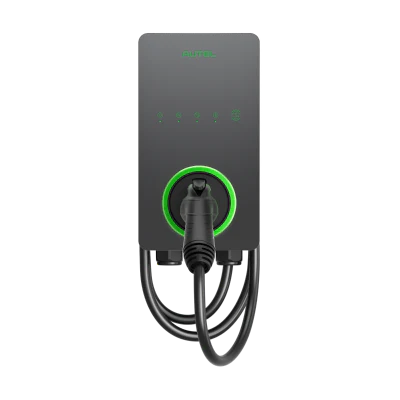
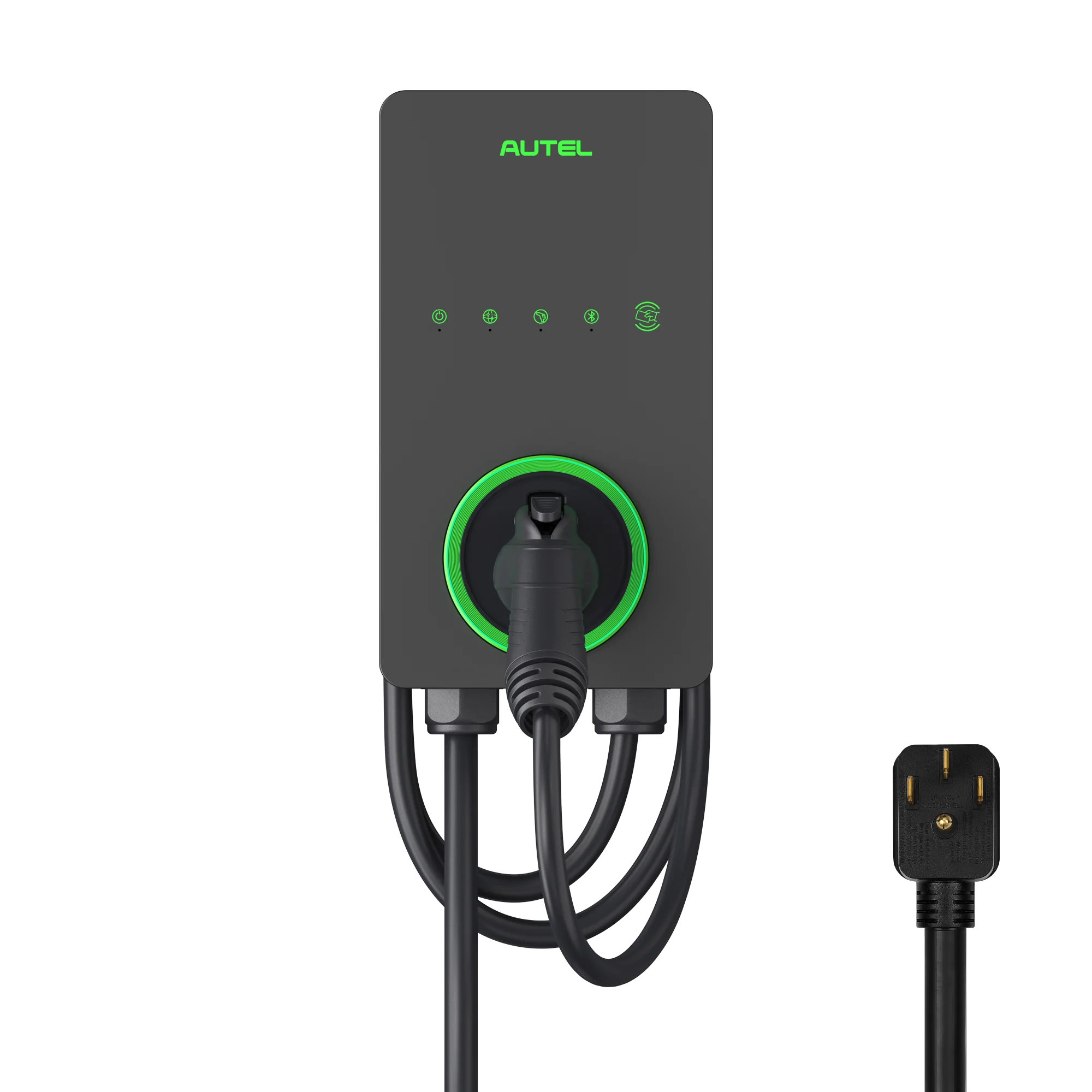

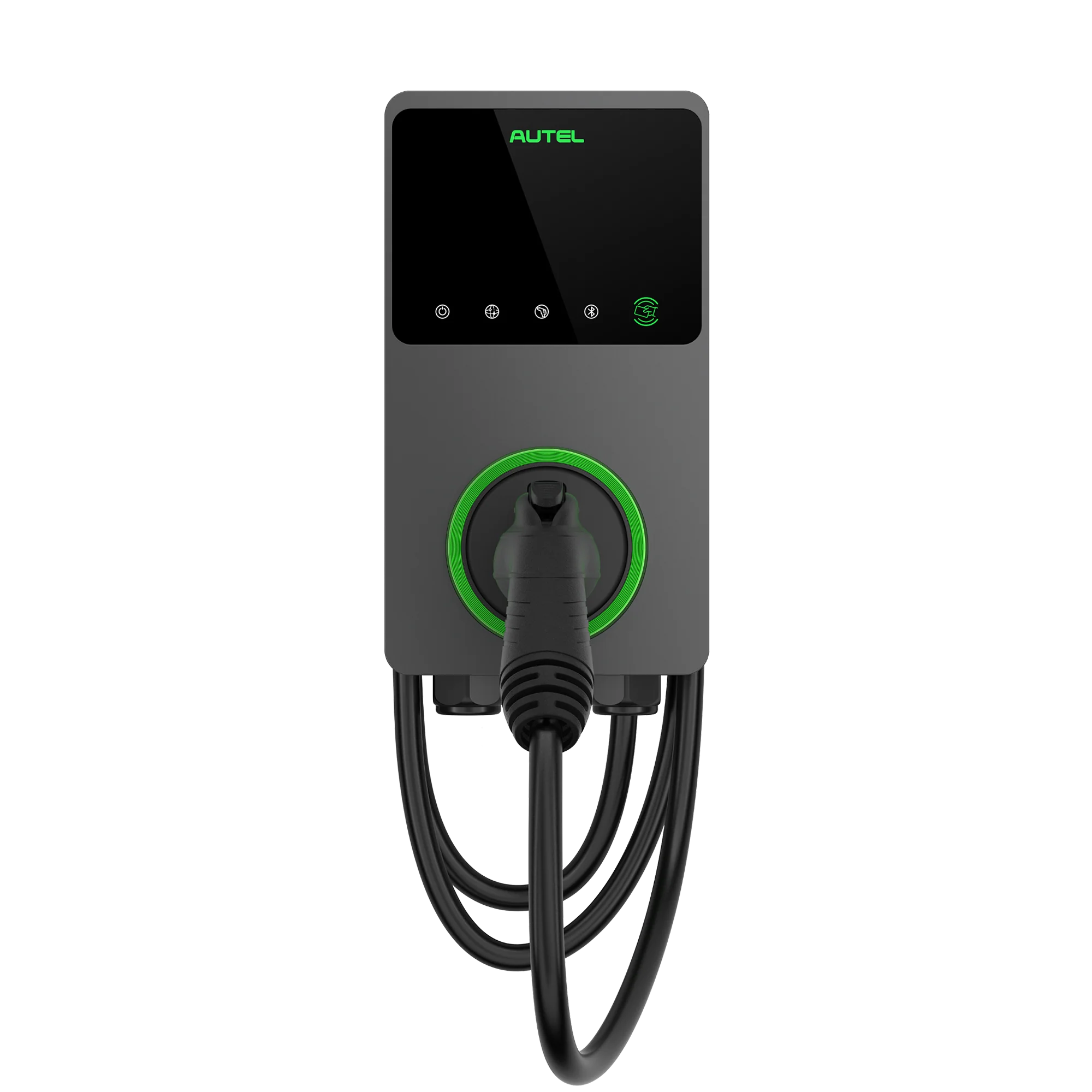
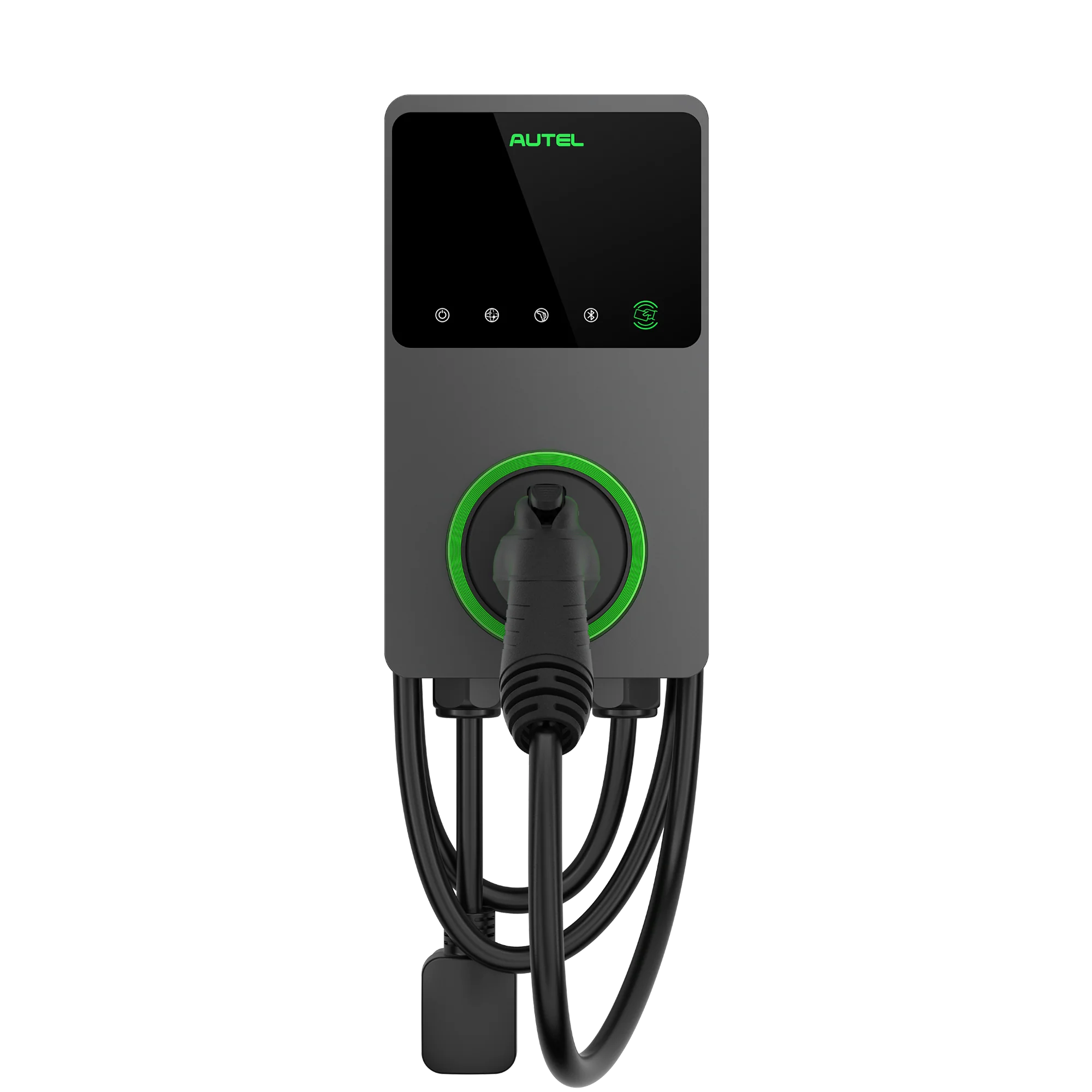

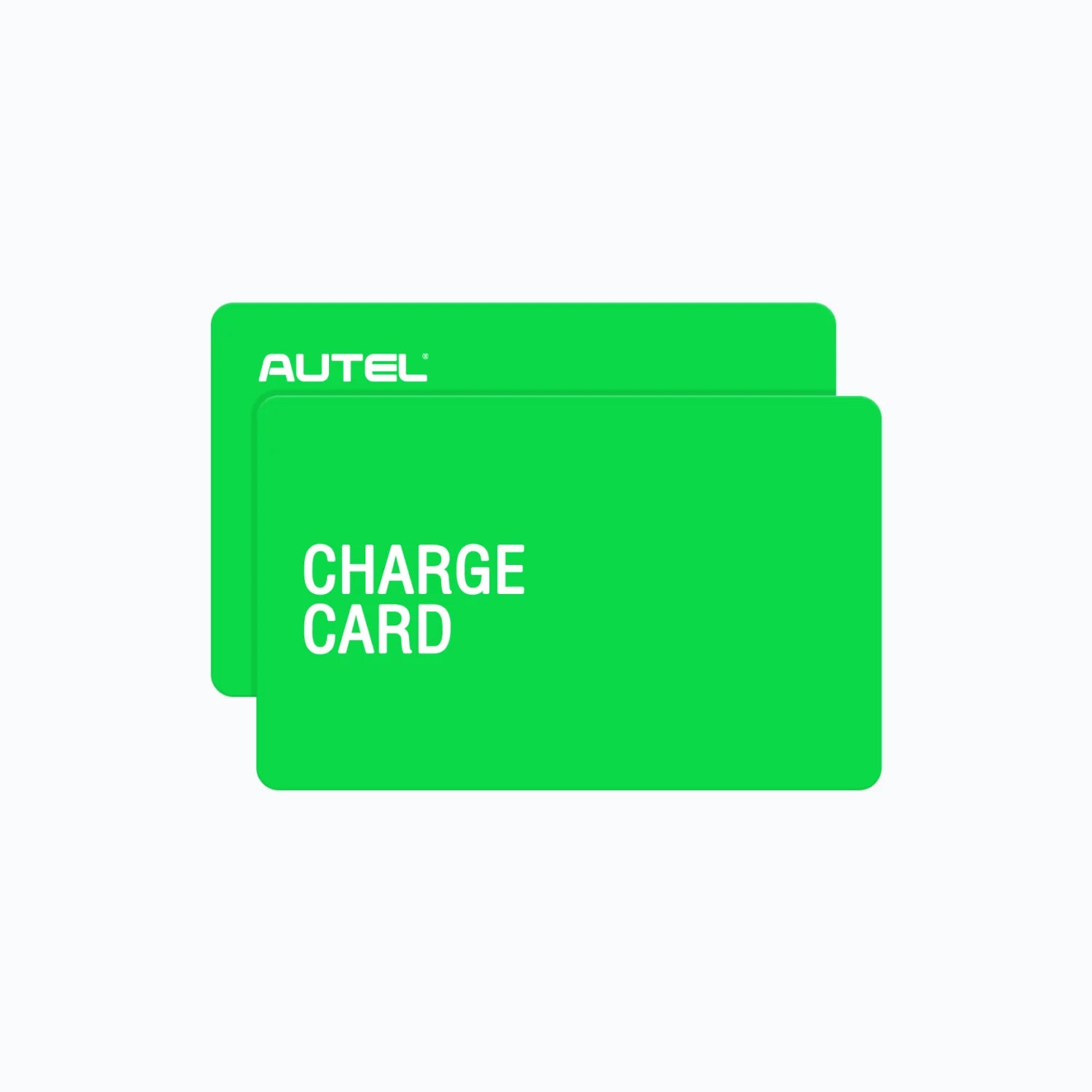
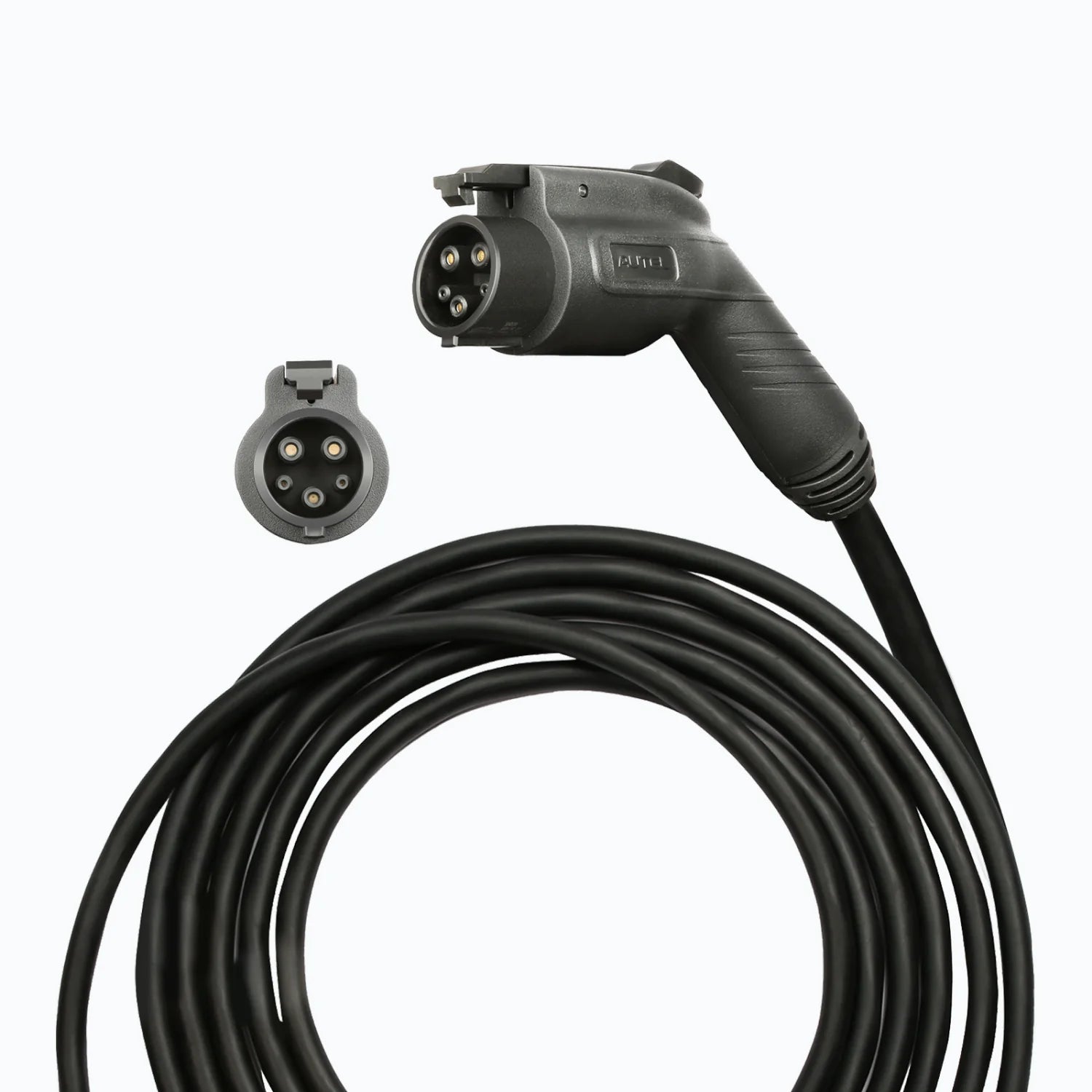
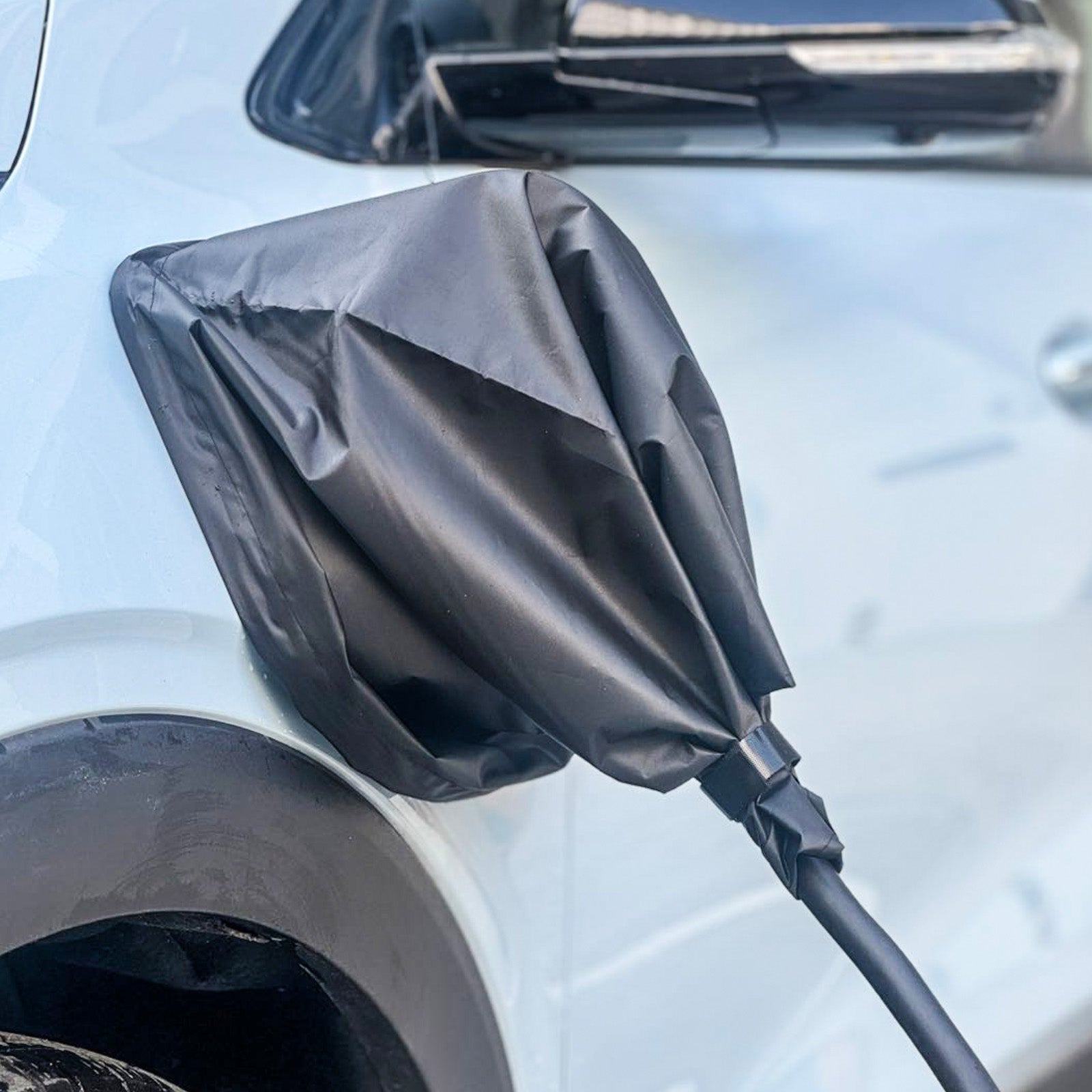

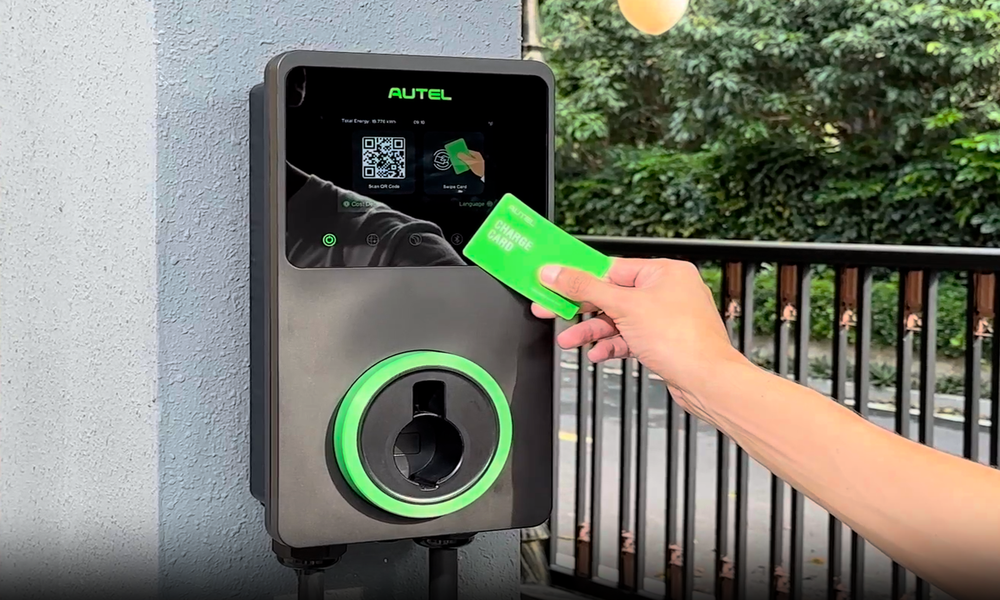
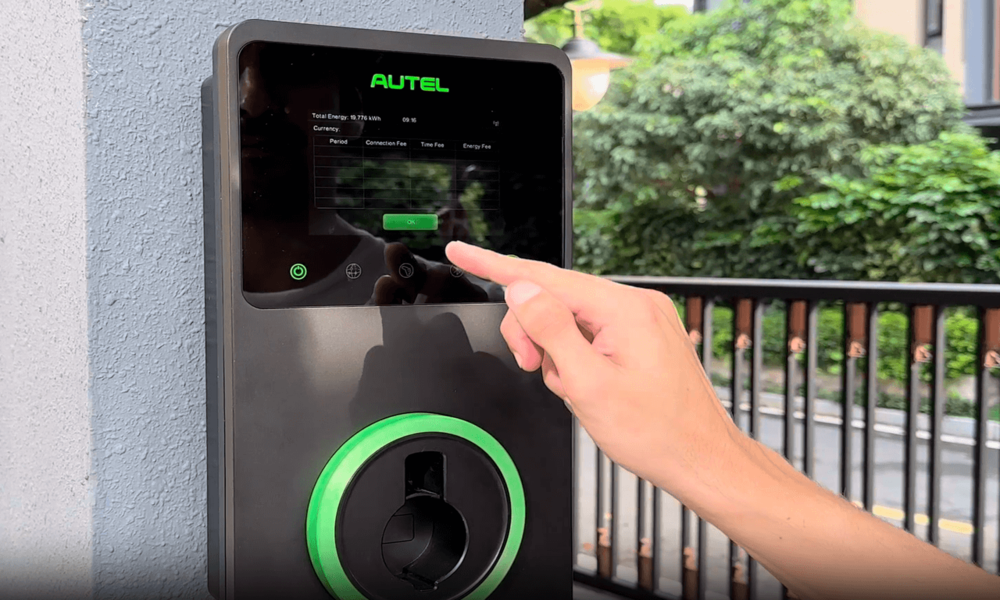
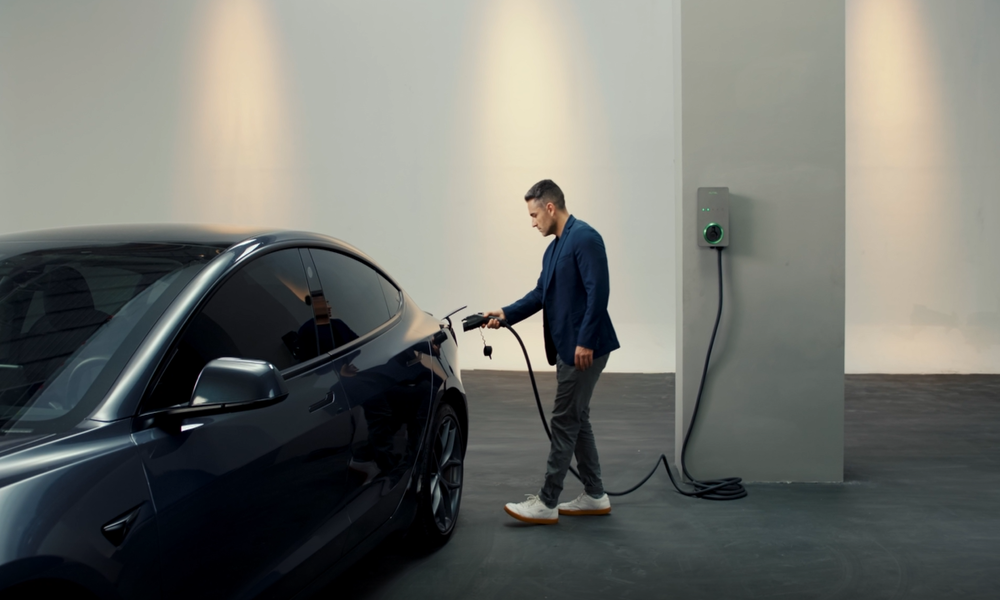
Leave a comment
All comments are moderated before being published.
This site is protected by hCaptcha and the hCaptcha Privacy Policy and Terms of Service apply.